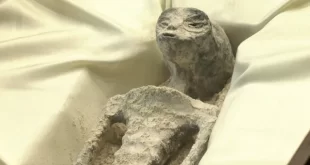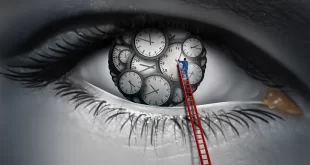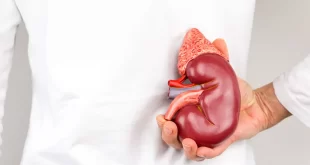Introduction Scientists have discovered significant concentrations of microplastics in human testicular tissues, raising concerns about their effects on reproductive health.
Microplastics Microplastics, particles smaller than 5 mm, are found in our food, water, and air. They contain endocrine-disrupting chemicals and toxins like heavy metals.
Study and Results A study from the University of New Mexico, published in the Journal of Toxicological Sciences, analyzed testicular tissues from 23 humans and 46 dogs. Microplastics were found in all samples, with average concentrations of 329.44 µg/g in humans and 122.63 µg/g in dogs.
Impact on Reproduction High levels of microplastics, especially PVC (polyvinyl chloride), are linked to decreased sperm count. PVC and BPA (bisphenol A) in plastics are endocrine disruptors.
Consequences and Recommendations The findings highlight the widespread presence of microplastics in the male reproductive system, with potential fertility implications. Further research is needed to understand long-term effects. Reducing exposure to microplastics by avoiding single-use plastics and opting for sustainable alternatives is recommended.
Conclusion This study underscores the dangers of microplastics to male fertility, calling for awareness and actions to minimize exposure to these substances in daily life.
 medjouel.com Study Non Stop
medjouel.com Study Non Stop



